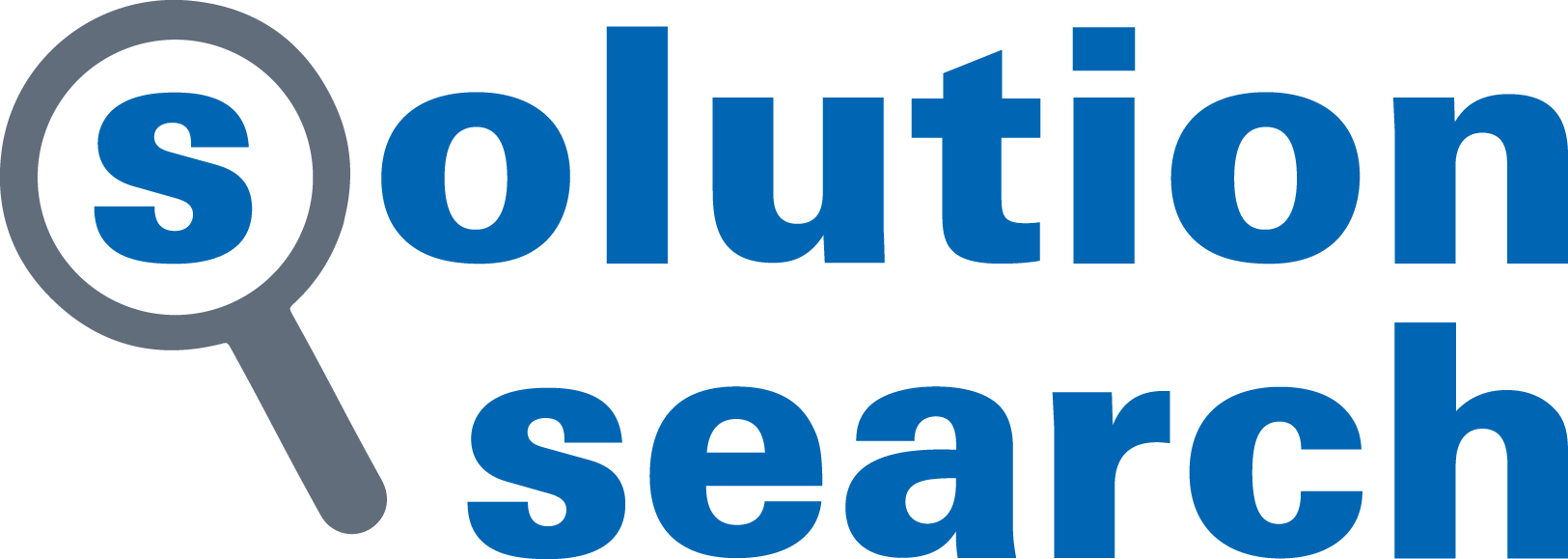Agricultural & Industrial
Run-Off
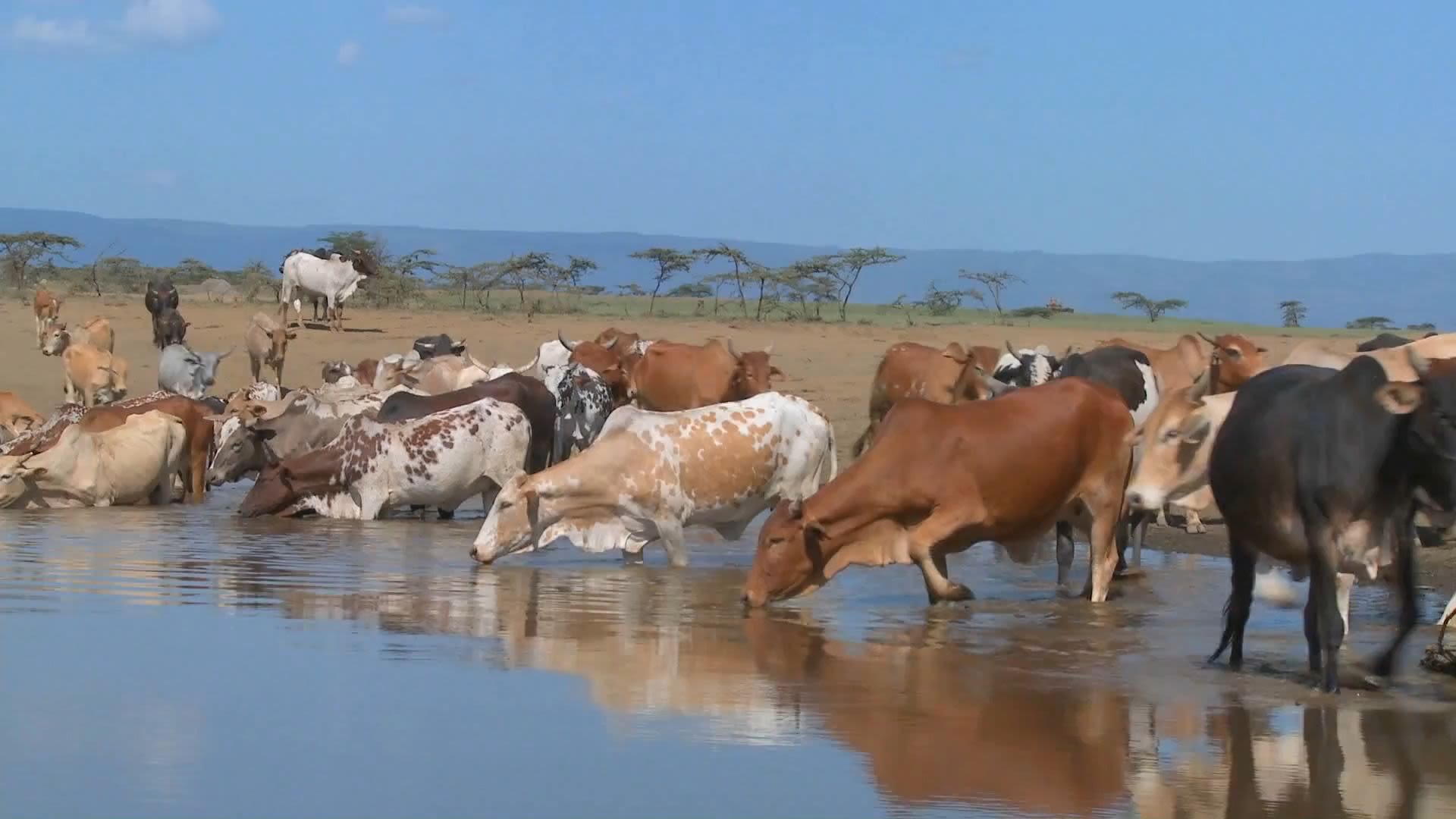
What is the problem?
Fertilizers, pesticides and chemical run-off all contaminate global waterways.
The agricultural sector (farming and livestock) is the world’s biggest freshwater consumer and a serious water polluter. Globally, it’s the leading cause of water degradation, and in the United States, it’s the leading contamination source in rivers and streams, the second-biggest in wetlands, and the third in lakes.
Mining is also detrimental to water quality. In addition to the increased sedimentation, mining can cause increased pollution from heavy metals (such as arsenic or lead) or chemical agents (such as cyanide or sulphuric acid).
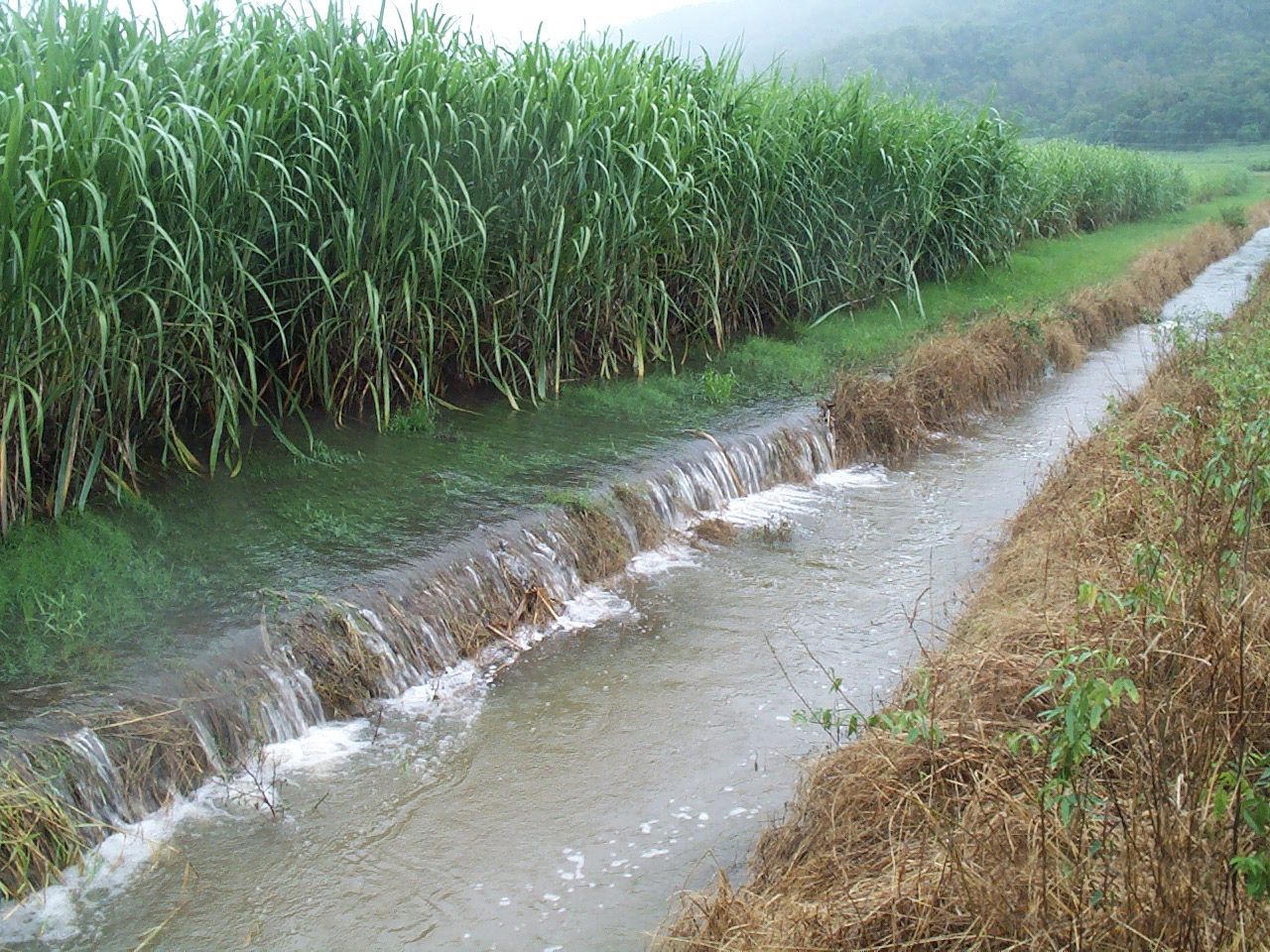
Photo: Evidn
Photo: Evidn
What are some relevant key actors and the behaviors we want to address?
Human activities, either at household or industrial levels, all contribute to chemical contamination. Some common causes include overusing or overapplying fertilizers and pesticides, illegally dumping or mismanaging industrial waste, and uncontained waste (animal and/or chemical). Each of these causes involves many behavior-actor pairs.
Some behavior-actor examples include:
- Farmers construct wetlands to reduce nutrient runoff
- Homeowners limit inorganic fertilizer or pesticide use
- Industrial site managers self-monitor and enforce discharge standards
- Farmers restrict cattle or other livestock access to upstream creeks or streams
Photo: S. Tegel for Instituto De Montaña
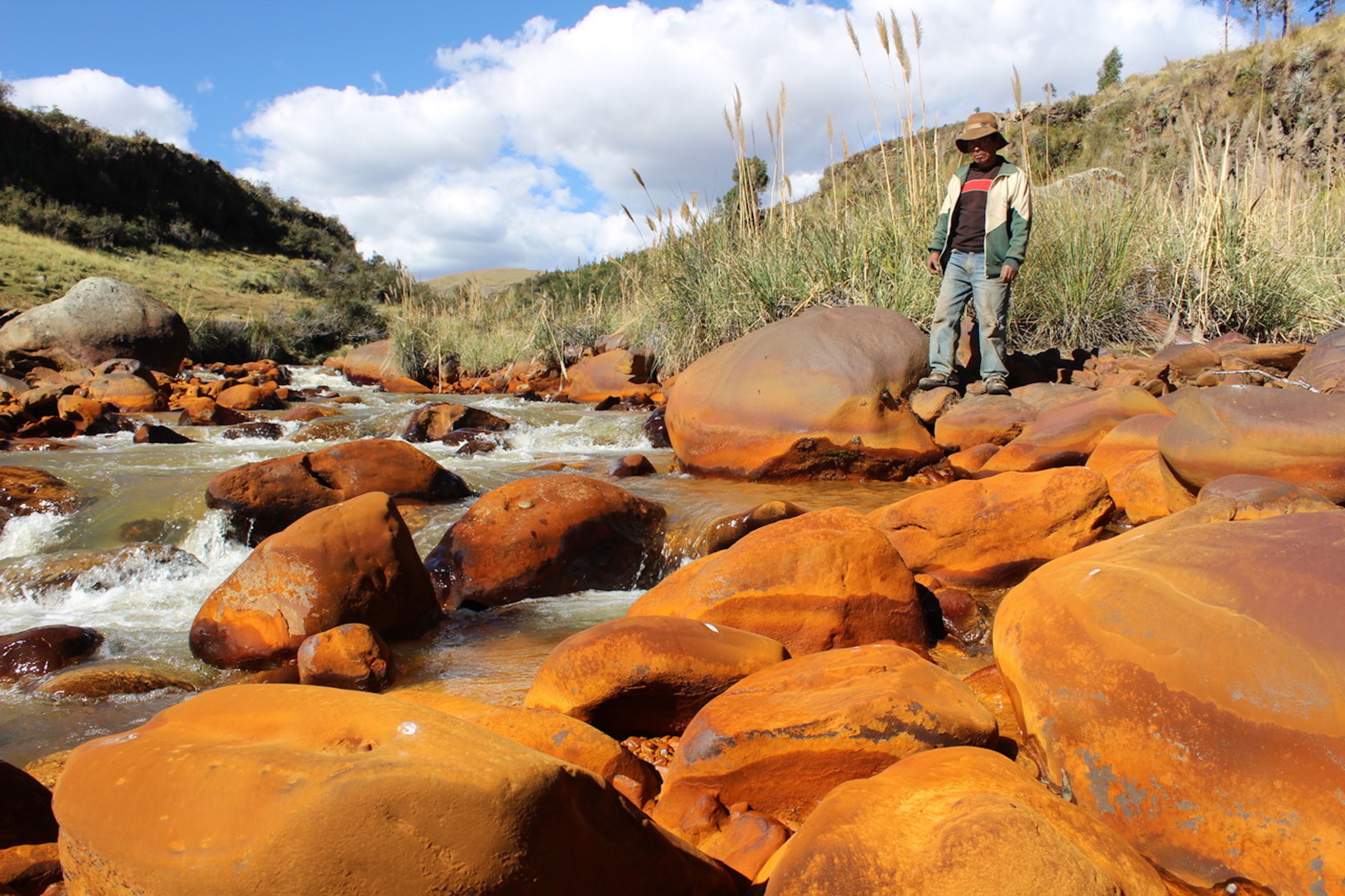
Relevant Insights and Research
Case Study: Evidn & Project Cane Changer
Tapping into a farmer’s sense of identity and transitioning them from a mindset of 'villain' to 'hero' can significantly drive change. Since 2016, accreditation rates of cane farmers in the Smartcane Best Management Practice Program increased by 509% across the Wet Tropics Region. These results far exceeded areas where Cane Changer was not active yet.
Bringing experiments to the field and working with communities
Lessons in collective action and coordinating a behavioral shift are critical to successfully manage water systems and encourage cooperation among the many key actors. In a water fund simulation, research found that face-to-face communications created trust, improved coordination and increased contributions to the fund. Further, after participating in the games, people took the lessons to the real world: they reduced water consumption by 1 to 2 cubic meters per measure period, on average.
Behavior-centered design to effectively increase solution adoption
When facing ambiguous futures, such as climate change, farmers are less likely to change their traditional practices. A human-centered design thinking intervention helped overcome that challenge. Further, by designing a theory of change that snowballs social proof into social pressure, local leaders can increase pro-environmental behavior change for sustainable agricultural systems.
How to apply behavioral insights to improve water quality
Storytelling and the positive framing increase homeowners’ willingness to pay for sustainable landscape products by 11% and 33%, respectively.
Examples in Action
Instituto de Montaña, Peru
Instituto de Montaña used a Participatory Action Research approach, a structured process that affirms local knowledge and the capacities required to engage external experts as colleagues. This approach yields information that is usable and trusted by communities. The technical solution designed by local researchers was a low-cost artificial sedimentation and artificial wetlands that quickly improves pH reducing the level of metals in water.
SwitchOn Foundation, India
SwitchON Foundation promotes conservation of water quality in smallholding farms through 100% elimination of synthetic chemical inputs (fertilizers and pesticides). This not only minimizes and reduces the contamination of groundwater, but also reduces the chances of marine pollution and the impacts of ocean acidification. Our program identifies a cluster of marginal farmers facing water quality issues in a particular location, mobilizes them and gives them training on organic farming.
Lijiang Health & Environmental Research Center, China
Under the influence of modernization, the Lisu aboriginal community in Liguang Village has undergone changes in production and lifestyle, resulting in river pollution. The project stimulates the endogenous motivation of the villagers in the community, condenses the villagers' homeland awareness, and promotes the community's self-governance based on its own cultural, social and capacity basis, and formulates village rules and regulations, which effectively changes the villagers' dumping of domestic waste into the river.
Lake Nokoué Case Study, Benin
The water hyacinth has been spreading for decades in Benin, threatening the lifestyle of the residents of Lake Nokoué. However, some have stumbled onto the virtuous properties of this invasive plant, which can be used for depollution, the production of biogas or to make a “magic compost”. (source)
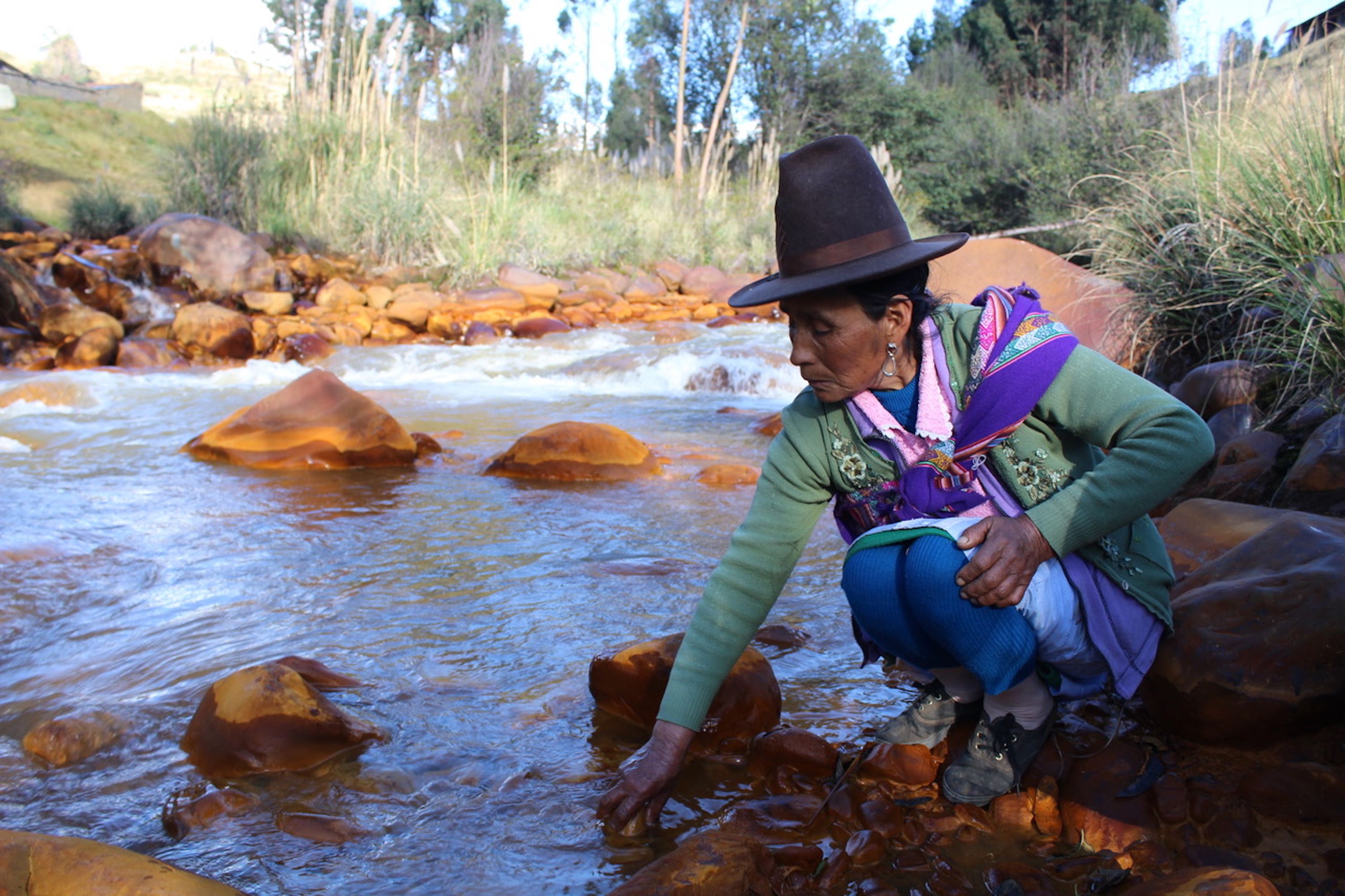
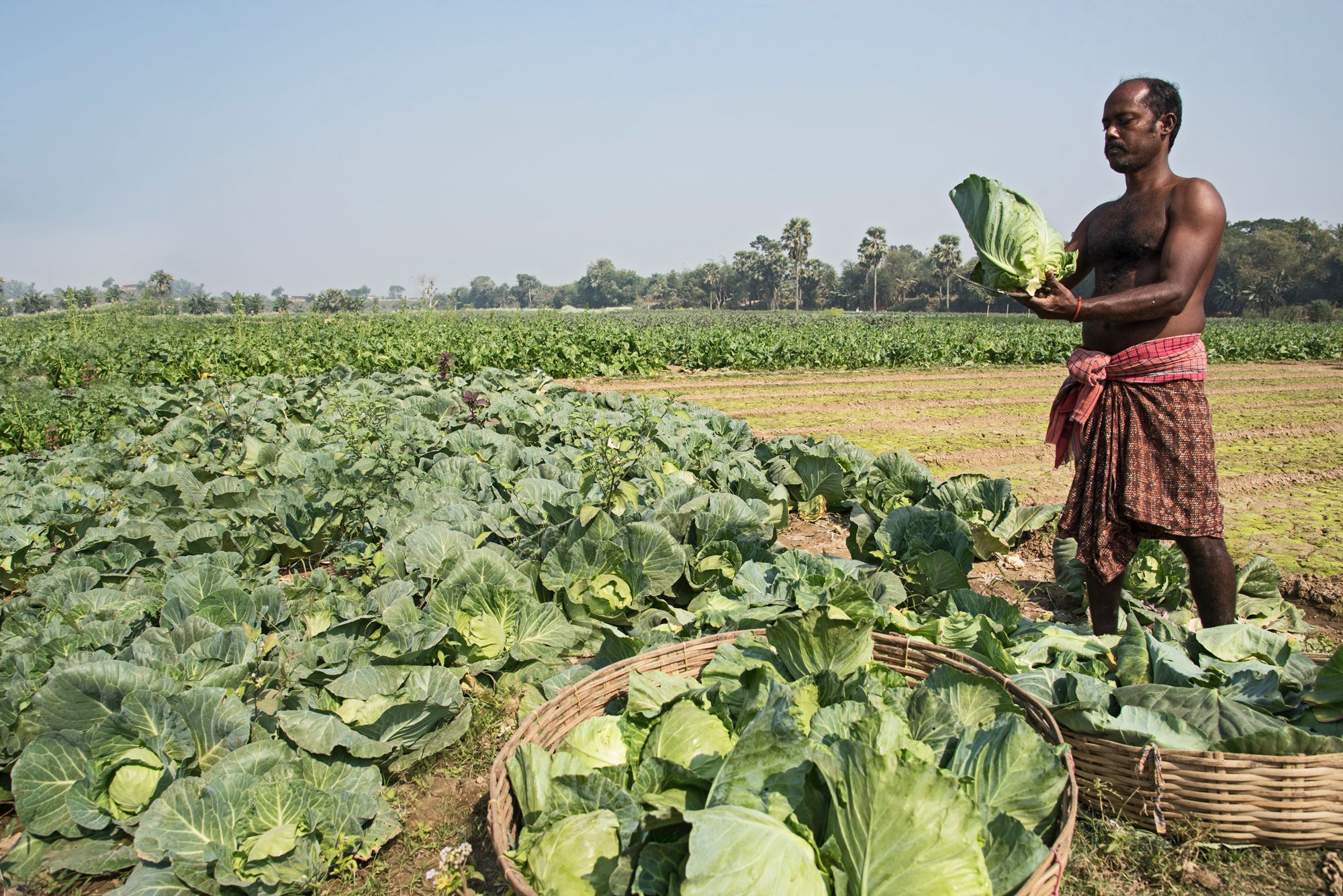
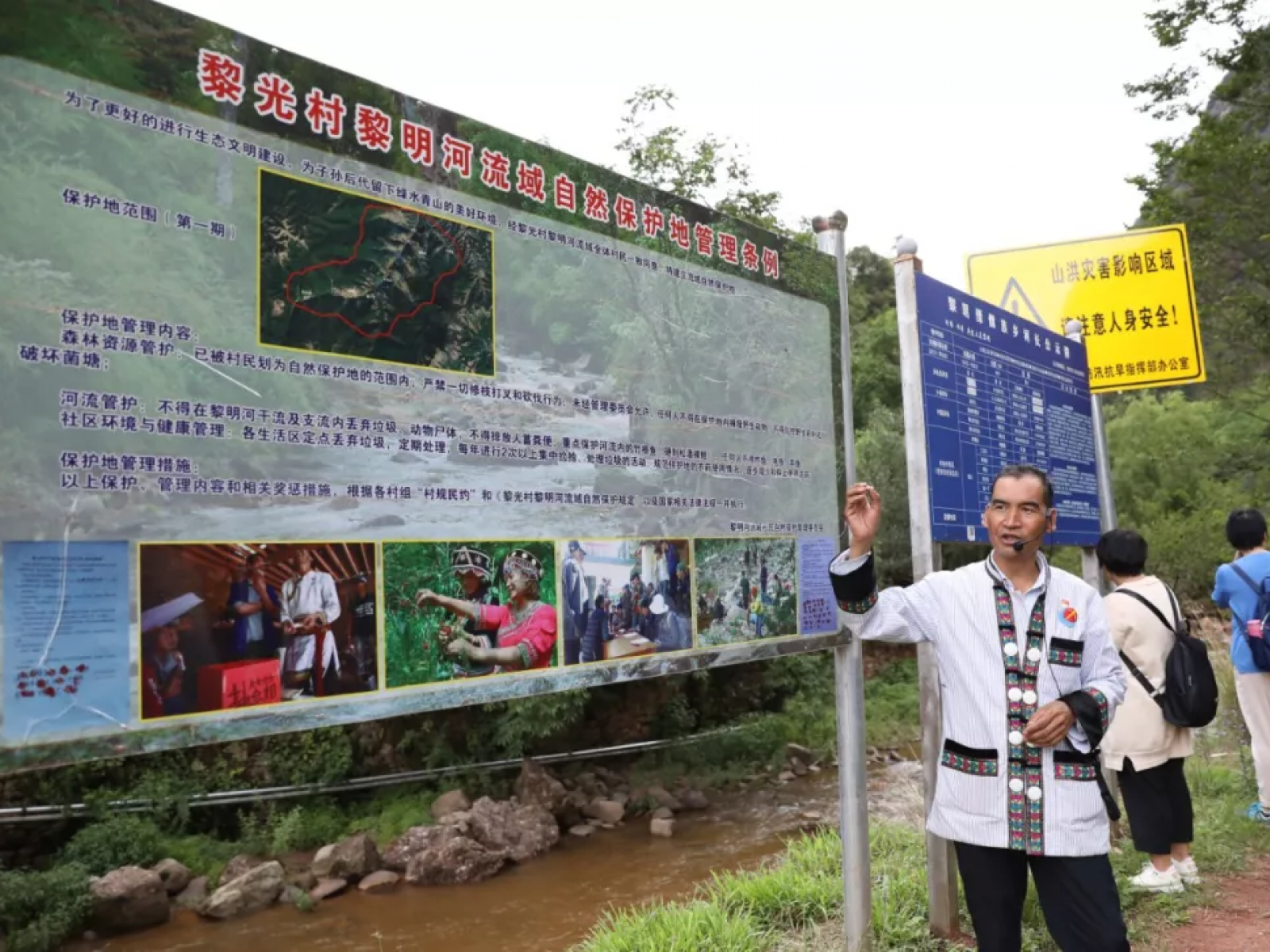
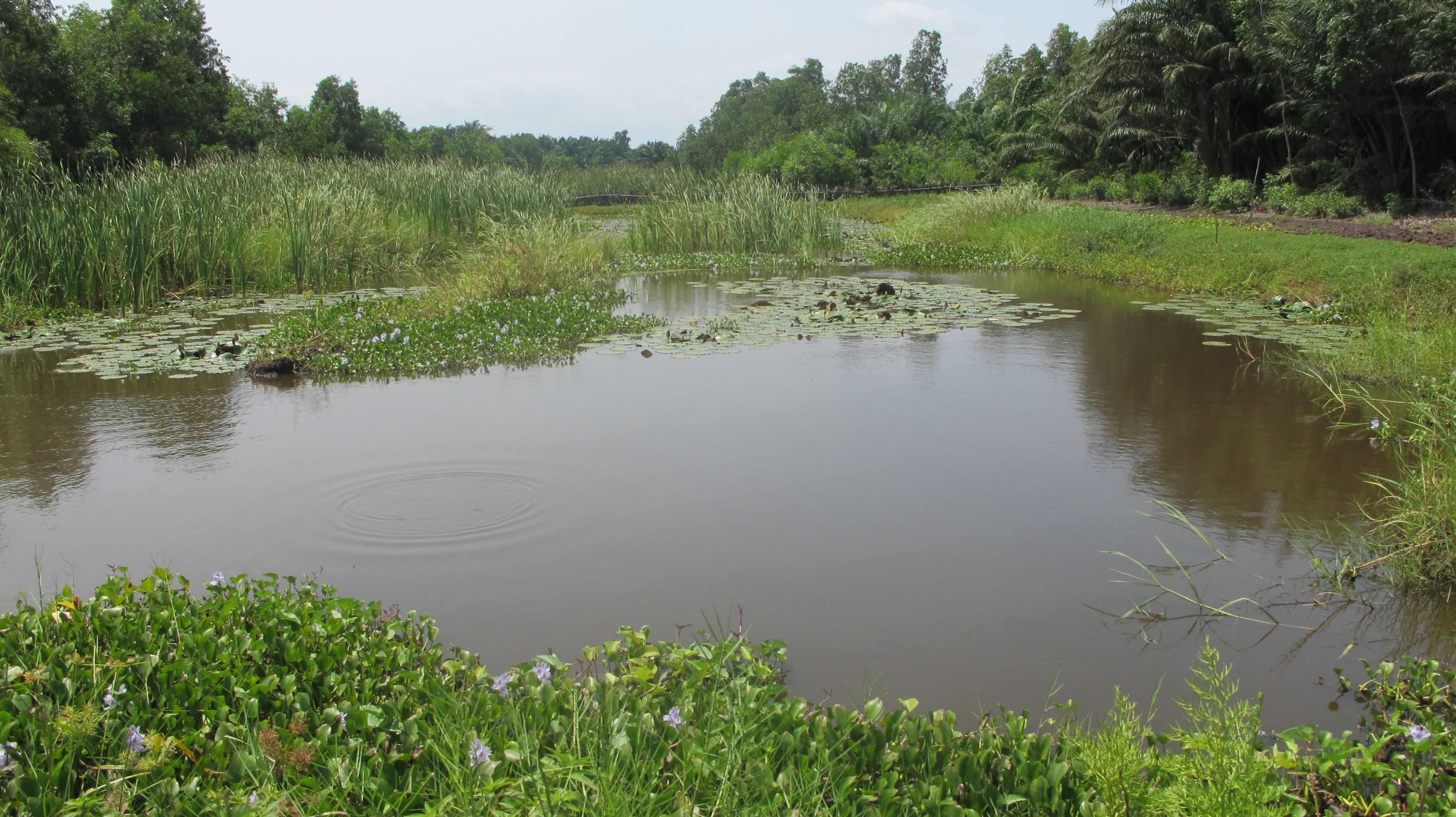
Resources and Other Links
Behavior Change for Agriculture
Rare’s Center for Behavior & the Environment launched this interactive digital tool designed to make the shift toward more sustainable practices easier for farmers, extension agents, and practitioners. The Behavior Change for Agriculture Guide identifies four target behaviors, which if adopted, can significantly benefit both people and nature.
Center for Behavioral & Experimental Agri-Environmental Research
Established in 2014, the Center for Behavioral & Experimental Agri-Environmental Research works with program administrators at the US Department of Agriculture and its partners to incorporate behavioral insights into agricultural program designs.

